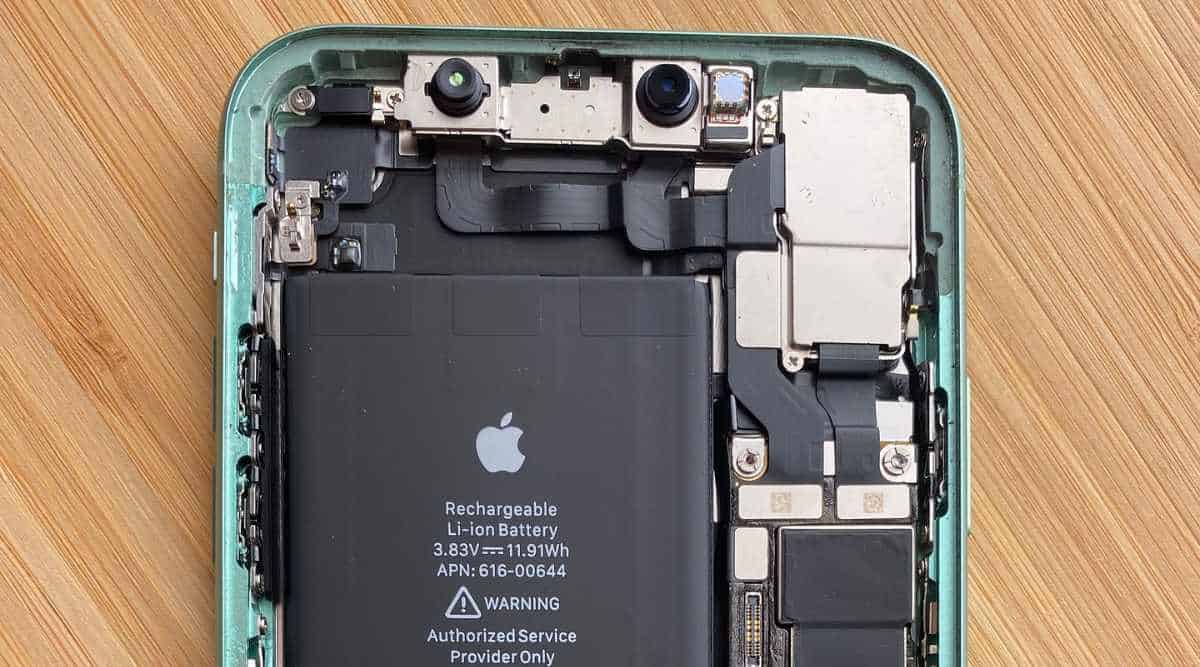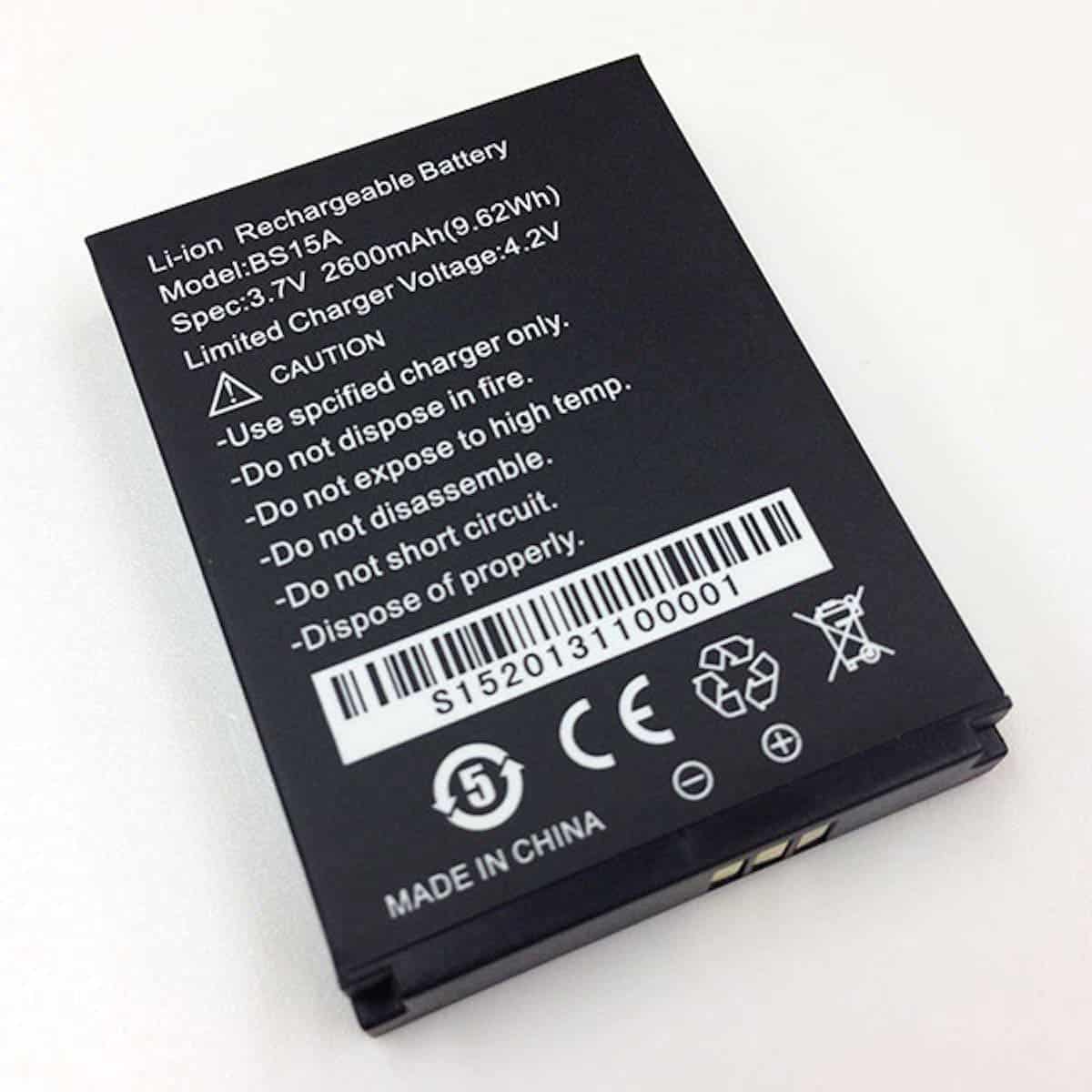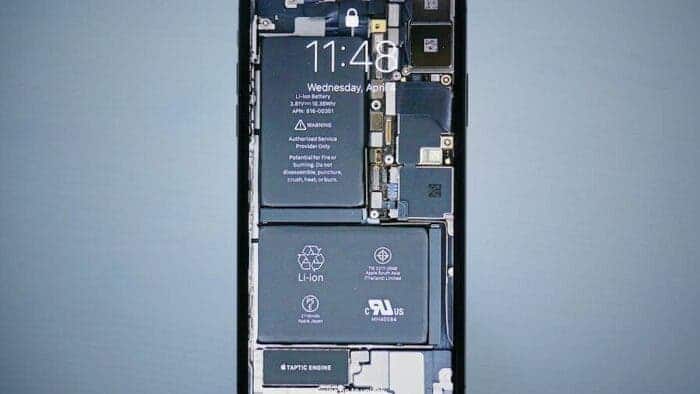A few weeks ago, the EU parliament voted on a new bill that is supposed to force phone manufacturers to bring back removable batteries on their smartphones. This is part of a broader program of introducing new regulations to the market, and should also bring the “right to repair“, i.e. wider availability of replacement components and their easier replacement for the users.
The main reason is, of course, the environment, a subject that is often used as a mantra to result in some kind of awareness, but with questionable impact. A good example is the regulation of using USB-C slots in phones sold in the EU market. The impact of such regulation on the environment is questionable for many reasons, but on the other hand, it forced even companies like Apple to change their business philosophy.
Impact of removable batteries on the Environment
EU now believes that the return of replaceable batteries in mobile phones will have a direct impact on the environment. They argue that the main reason users throw away their used phones is that the battery started losing capacity. And they are right at this point.
Since it’s very complicated to replace non-removable batteries, and even impossible if you are not skilled enough, your phone will be wasted way before it reaches the end of the manufacturer’s support.
On the other hand, spare batteries are easy to lose. We could argue that they also have a negative impact on the environment due to many reasons. Actually, the discussion on this topic could last for hours, but it’s questionable if we’ll meet any consensus.

However, with removable batteries, we could be in a position to get more influence on our devices’ lifetime, since we would be able to change old ones ourselves. In particular, without the need to go to a service workshop, and wait for weeks to get our phones back.
Ten years ago, we were quite satisfied with devices with replaceable batteries. Some of us always had a spare one, in order to replace it at a given moment. Meanwhile, powerbanks have provided a good solution to this problem, but the issue of sealed batteries persists. The battery replacement in older devices rarely pays off. This is the case even if the phone can be used for another year or two.
Is it really about the environment?
In this manner, the environmental moment is generally present. Still, there is also the possibility of losing a spare battery. This situation now opens up a whole new set of questions. A good example is that a lost one has a greater impact on the environment than the one on your old phone which is set to be recycled.
Let’s be honest. The debate about the environment, which takes place at a time when Germany is restarting thermal power plants, is basically pointless. So, let’s focus on the advantages and flaws of replaceable batteries in everyday life.
Advantages of removable batteries
Flexibility and practicality
A removable battery would come in handy in cases where you’re traveling. For the simple reason that it would be easier to carry it than a powerbank. Back then, lots of us used to carry even more spare batteries in our bags and replaced them when the original ones drained out. It would be really nice if we used these small and light items than heavy powerbanks.
Extended device lifespan
The very fact that you’re able to replace the battery yourself, affects the probability that you’ll keep the same device for a longer period of time. A model with a non-replaceable one, you’ll probably throw it away, or put it in a drawer, and forget about it. At some point in time, it will become trash and could end up where it shouldn’t, because the content of the batteries could cause harm to your health. In the case of juice leakage, it will become very dangerous.
Removable batteries bring lower costs
One of the common reasons not to have the battery replaced is that it simply doesn’t pay off. Their replacement in today’s smartphones is complicated, and more importantly, quite expensive. Since the battery is literally sealed (or glued) onto other components, it’s not unusual that the cost of replacing it is often higher than the value of the phone itself. The value you can get for your old phone could be the same or smaller than the cost of the battery replacement.
Reduced waiting time
Nowadays, it is quite common for phone repairs to take weeks. This period can be shorter if you live in a larger city. The reason for this is that workshops from rural areas do not actually perform the majority of repair actions. They simply send the devices by mail to the service centers located in larger cities.
Likewise, you could get into an additional problem if you bought the device in some webshop across the globe. In case of repair under the warranty, those webshops often require you to send the device by mail.
Reduced probability of damage
The cells inside heat up during charging, which means that it also expands in space. The inner room of the phone casing is very tight and has a low tolerance for expansion. This presents a risk of overheating and swelling, which was often the case a few years ago.
However, due to the progress of manufacturing technology, this problem has been mostly solved. Still, a certain risk of overheating and ignition is still persistent.
Disadvantages of removable batteries
Removable batteries could cause the design problem
In the last decade, manufacturers have spoiled us with beautiful and elegant devices. It’s hard to imagine what our lives would look like if the average cell phone returned to thicknesses of 10 mm and more.
There’s another drawback to this story. Making larger casings will probably affect the mass, and our phones could become heavier. Some users still argue that they would sacrifice phone thickness for the removable battery. Yes, it’s a good reason. But I doubt that they can even imagine what the phone would look like in such a casing.
Additional costs for manufacturers
The higher production costs mean higher retail prices. This is the basic law. In order to obey the regulation, the manufacturers have to invest in new production lines. They may need to hire new designers too. Many of them will surely have to change the overall production process.

This will cause many new costs, and the production price will rise. It’s easy to understand who will suffer the most. In the worst-case scenario, manufacturers would have to invent some kind of a new way of building the casing. Due the many reasons, it’s unlikely that we’ll see plastic covers again. So, it will be interesting to see if they come up with some new ideas. Innovations are those which have been moving the industry forward for a long time. They are the result of many ways we are using phones and other devices today. If this regulation comes into effect, it won’t be surprising if we see some new conceptions.
Compromised durability
If you remember replaceable batteries and their covers, you probably recall one of the most common drawbacks too. The devices from that era were far more sensitive to damage if you dropped them. If such phones come back into reality, you can expect a reduction in solidity and durability.
Lack of water and dust resistance
It’s also likely that such new smartphones will lose water and dust resistance certificates. This may not necessarily be the case. In the past, there already existed phones that were water resistant and had a removable battery at the same time.
It’s hard to expect that most of them would use the same construction scheme. In other words, such devices were rare and often clumsy. Even the water resistance was not even close to today’s standards.
Conclusion
Every regulation has its good and bad sides, including this one. If the EU succeeds in this plan, manufacturers will face a big challenge. However, it is quite certain that they will be granted some kind of waiver. They should be given enough time to adapt their production lines and develop new standards which will meet new demands.
This case is similar to the USB-C slot regulation. It should be noted that the EU is one of the key markets for the majority of the industry. Considering the size and purchasing power, we can’t expect manufacturers to make two types of casings for different regions.
If this bill passes through, and it’s signed into law, we’ll get removable batteries once again. Apparently with a lot of tradeoffs, though. The phones will probably become more expensive, and more clunky. Maybe the manufacturers bring some new great ideas, which would be appreciated in today’s boring phone form factors. It’s too bad that the modular phone concepts, which emerged years ago, never got their chance on the market. With this new regulation, maybe some folks in Samsung, Apple, and other players come up with something really interesting.





